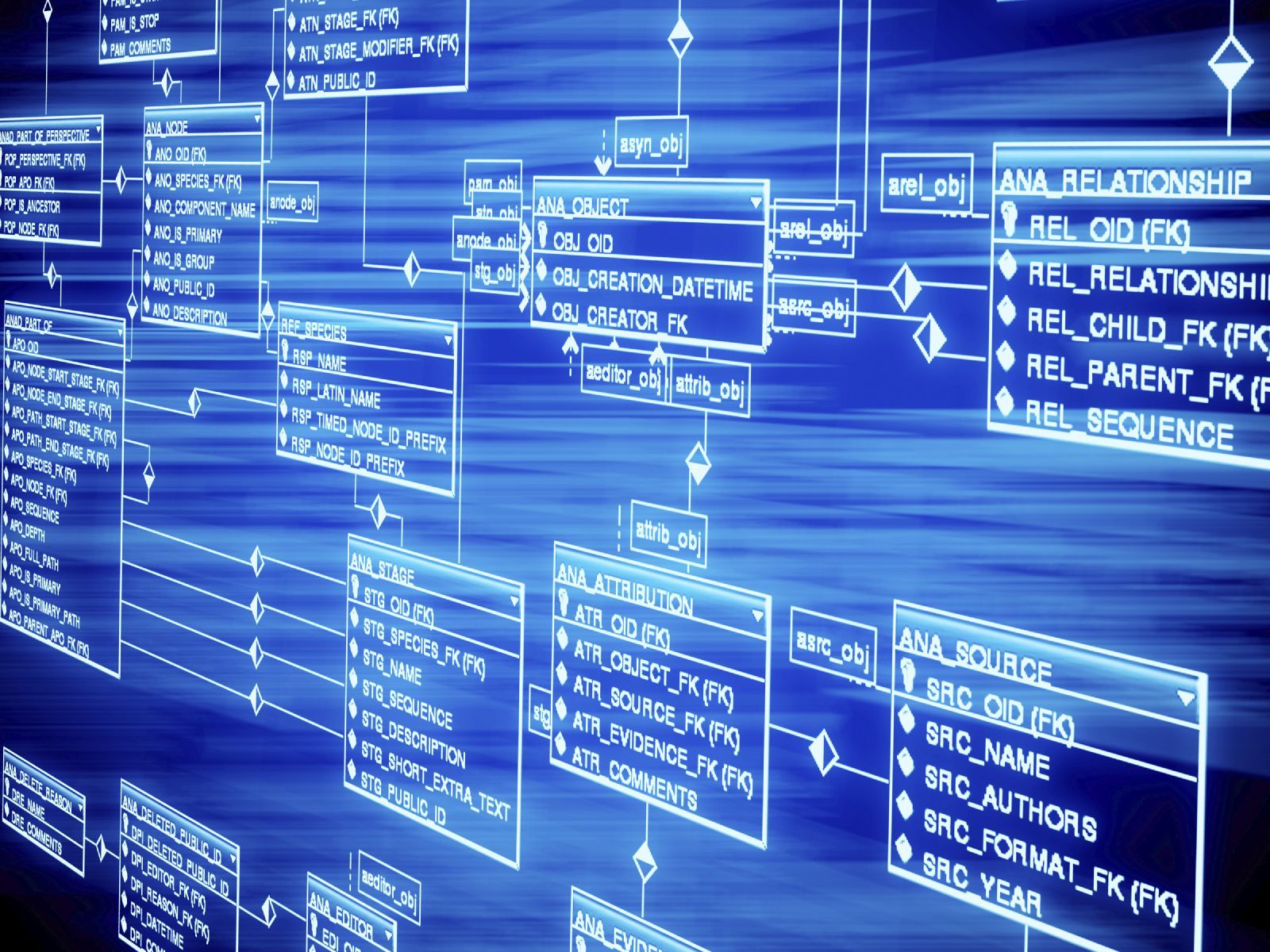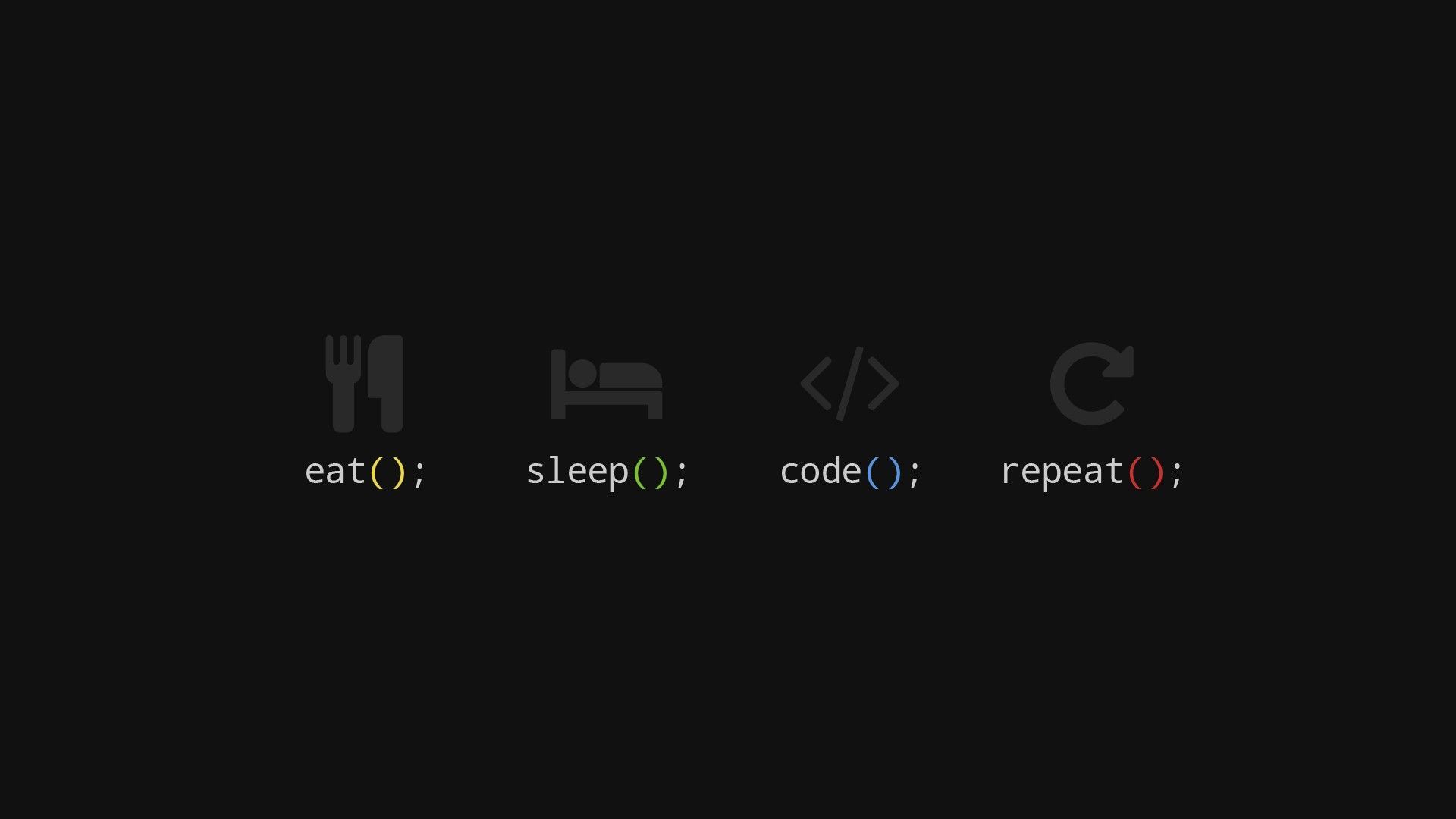
This
course extends the previous study of programming language principles. Advance
concepts of program design, implementation and testing will be introduced
within framework of object-oriented programming.
- Teacher: Paul Bryan Handig

ITCS Day Video: https://drive.google.com/file/d/1lfis6gz3Fr7dyevXcAZ3yPqxqBUx-eCs/view?usp=sharing
Owner: Junior O. Miranda
Editor: Mars Jarib A. Marcaida

This
course extends the previous study of programming language principles. Advance
concepts of program design, implementation and testing will be introduced
within framework of object-oriented programming.

This
course extends the previous study of programming language principles. Advance
concepts of program design, implementation and testing will be introduced
within framework of object-oriented programming.

This Course covers multimedia concepts and
applications utilizing text, graphics, animation, sound, video and various
multimedia applications in the design, development and creation of multimedia
presentation and publications within an interactive environment.

A top-down exploration of networking using the 5-layer model and the TCP/IP stack. HTTP, FTP, DNS, BSD Sockets, concurrent servers, checksums, reliable transport with stop-and-wait, go-back-n, selective repeat, flow control, congestion control, TCP, unicast routing, multicast routing, router architecture, IP, IPv6, IP multicast, MAC protocols and LANs, Ethernet , wireless networks, and network security. Over the course of the quarter, students build web clients and servers, a fully compatible TCP/IP stack that can run them, and evaluate routing protocols in simulation.

This
course introduces object-oriented design and programming concepts and methods
using the Visual Basic programming language. Topics to be covered include
program design and testing as well as implementation of program. This course
also provides opportunities to develop an understanding of how programming is
situated in and reflects broader social structures, constructs and issues.

This
course teaches fundamental concepts and technology of computer programming.
Students will develop skills in designing and writing simple computer programs.

The objective of this course is to discuss how
the Web systems are programmed and maintained and how online pages are created and
delivered by Web servers and used by clients.

This course introduces basic concepts and
techniques of graphic designing and animation.
The course discusses the characteristics of manner of expressions, basic
designs, various construction and execution of graphic design and animation in
2D or 3D.

This course covers the development of information
systems and of their software components. Whilst the course introduces students
to the whole system development process. It focuses on the elicitation and
initial modelling of information systems requirements that enable
identification of information problems and subsequent analysis and modelling of
an efficient solution to those problems.

This course introduces basic terminology, the
notion of database systems, data independence, data abstraction, the
advantage of database systems, data models (E-R model, the relational
model, etc.), data storage and query processing, and database system architecture.

This
course extends the previous study of programming language principles. Advance
concepts of program design, implementation and testing will be introduced
within framework of object-oriented programming.

This course introduces the students with the skills to develop, design and edit photos with effects. Students will be study design using the following perspective: historical, aesthetic, technological, culture and social.


This
course introduces object-oriented design and programming concepts and methods
using the Visual Basic programming language. Topics to be covered include
program design and testing as well as implementation of program. This course
also provides opportunities to develop an understanding of how programming is
situated in and reflects broader social structures, constructs and issues.

This
course teaches fundamental concepts and technology of computer programming.
Students will develop skills in designing and writing simple computer programs.